COVID-19 and the 2020 Wildland Fire Season
NWAL tribal wildfire panel shares challenges faced and lessons learned
In March 2020, the NWAL team began hosting weekly video conference calls with tribal partners from across the intermountain west to collect information about the impacts of COVID-19 on tribal farmers, ranchers, and communities and to identify actions that our team or our federal sponsors can take to help lessen the impacts of the pandemic. On a recent call, we held a tribal wildfire panel to learn about some of the challenges that the COVID19 pandemic has created for tribal fire programs during the 2020 fire season and measures that they have taken to ensure the safety of their crews during this time.
Southwestern Region
Henry Provencio with U.S. Forest Service’s Four Forest Restoration Initiative in Arizona reported seeing increased fire activity in 2020 compared with years past. The USFS’s COVID mitigation measures have included changes to fire check-in procedures (health assessments, temperature checks), splitting up fire crews into smaller modules, quarantining entire modules if one person shows COVID-19 symptoms, conducting fire briefings online instead of in person, and limiting the use of prescribed fire. During a fire in the Kaibab region, hazard trees were removed and will now be delivered to nearby reservations for firewood. On tribal lands, the biggest fires they’ve seen yet have been desert fires on the San Carlos Apache reservation.
Northern Rockies
Tony Incashola, Jr. (Department Head, Tribal Forestry Department) and Ron Swaney (Fire Management Officer, BIA) of the Confederated Salish and Kootenai Tribes of the Flathead Reservation in Montana spoke to some of the challenges involved in recruiting and training fire crews during March 2020, when their reservation was shut down due to COVID19 restrictions. They adapted to pandemic conditions by developing smaller firefighting modules within their organization, limiting fire briefings to management personnel, developing new protocols for cleaning and project work, and staging equipment around the reservation. They faced many logistical challenges during a fire along the Flathead River that required 380 firefighters, but tried to keep crews camping in separate modules and maintain social distancing during that time. They are also not doing prescribed fires this season. Ron Swaney also shared some great photos from their fire season (see below).
California
Christopher Poehlman (FEMA-Region 9) reported that although there are many wildfires burning in California right now, most of them are not on tribal land. When Governor Newsom requested the Presidential declaration of emergency, he included the tribes, which will be very helpful to any tribes that are impacted by wildfires.
Photo gallery (photos from Ron Swaney)

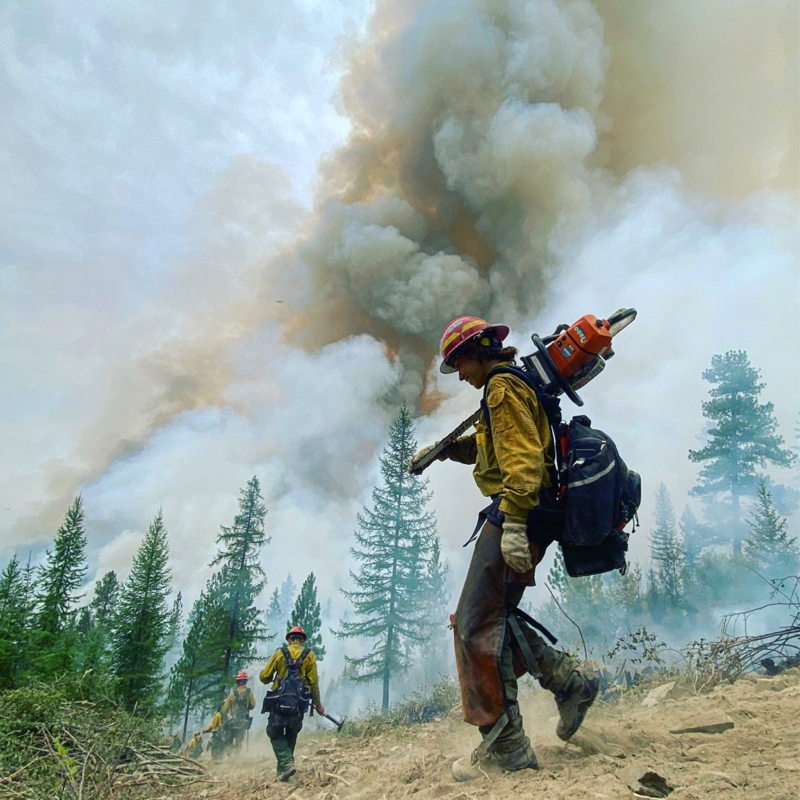
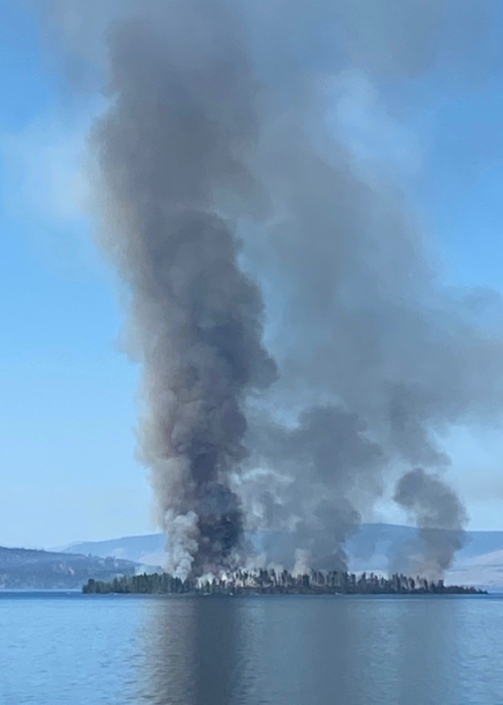
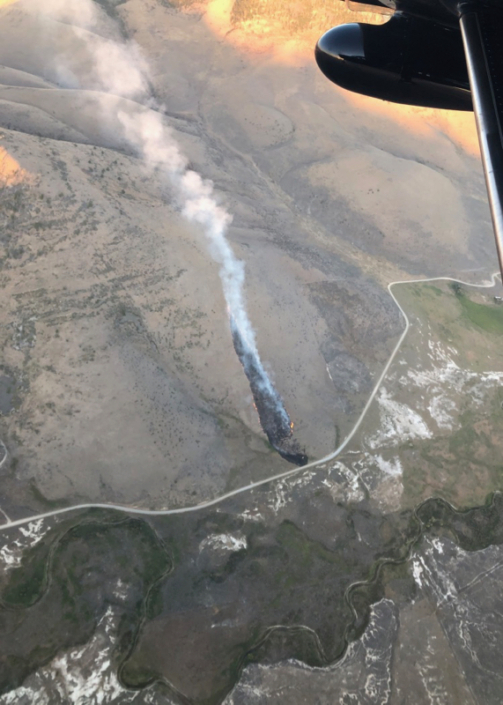
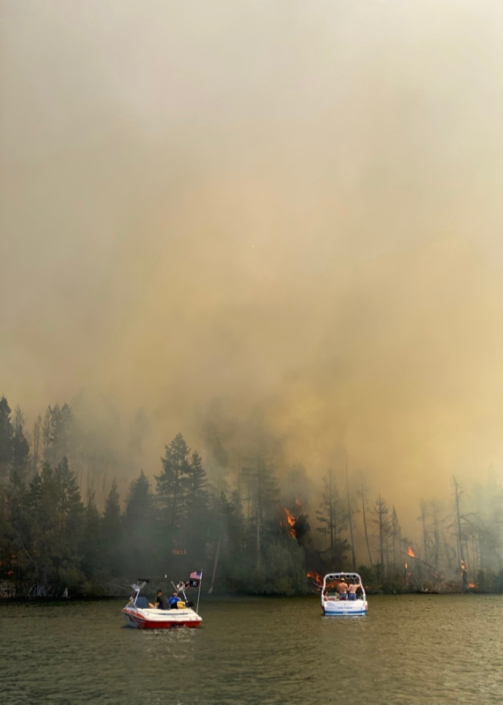
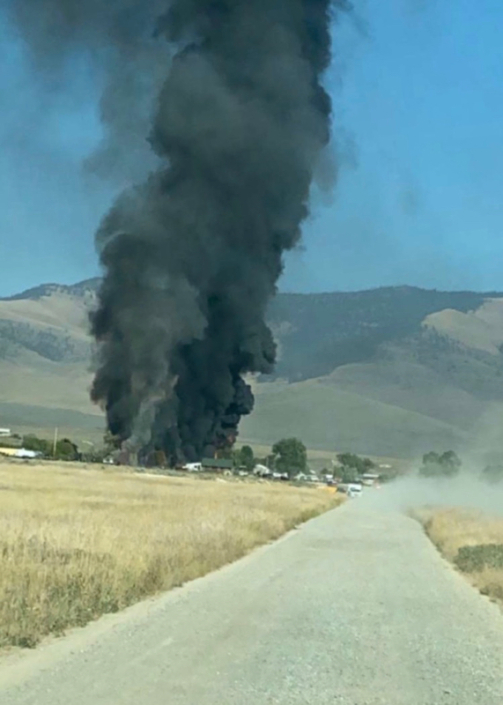
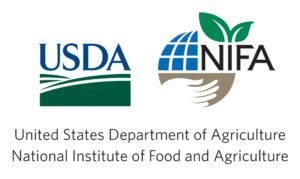
 Irrigation on the Gila River Indian Community in Arizona. Credit: NRCS.
Irrigation on the Gila River Indian Community in Arizona. Credit: NRCS.